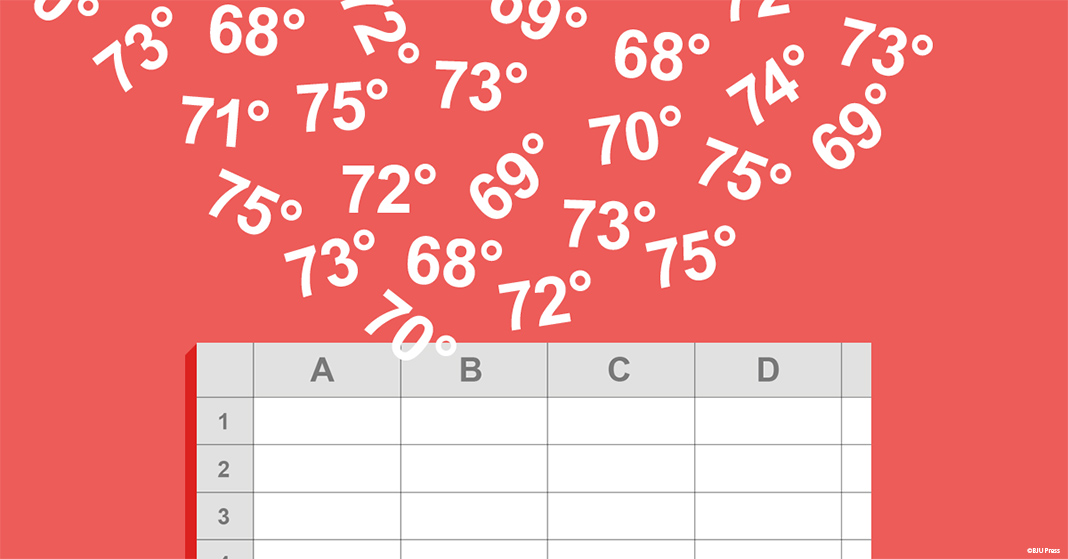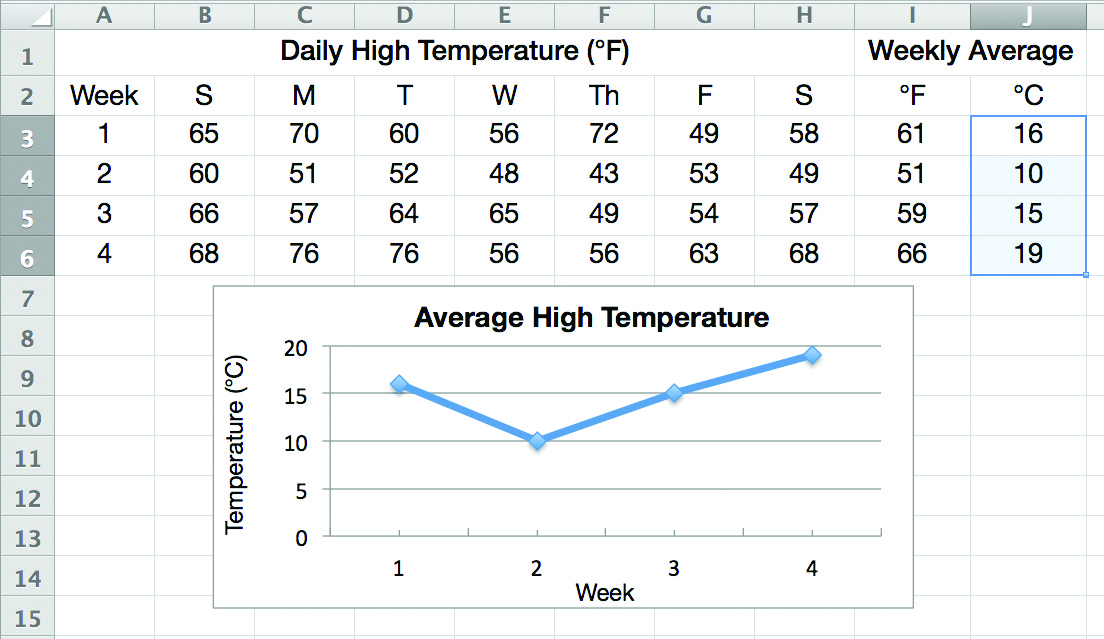
Have you ever considered how no single career your child could pursue leads back to just one subject? An artist draws on knowledge gained in both math and literature classes, a historian uses skills learned in science class as well as in heritage studies classes, and an astronomer needs strong foundations in both math and science to be successful. Even as a writer, I find myself drawing on skills from all subject areas to do my job well. That’s why interdisciplinary studies—studies covering several subjects—are so important in education. And STEM in particular is a big deal for parents and teachers alike. Let’s take a closer look at the world of STEM learning and what your children get from these activities.
What Is STEM?
STEM is an acronym for Science, Technology, Engineering, and Mathematics. You might also hear it called STEAM, which simply adds Art (or the arts) into the mix. But STEM and STEAM aren’t all that different because design is an inherent part in every such activity. STEM activities require students to use their knowledge in each area to complete a task or to solve a problem. For example, consider this activity for building a better thermos. Designed for high school students, the exercise is similar to an insulation experiment in Science 5. To complete it, students need to know something about heat and energy, they need to use technology resources to craft their container, they need to understand principles of engineering and design to make their container practical and functional, and they need math skills to measure the components and test the container.
Why Include STEM Activities?
STEM activities are a chance for your kids to apply otherwise isolated skills to real-world situations. In other words, it’s the reason your students have been learning all those weird math formulas and science facts. It’s one thing to learn how to calculate the surface area of an object in math and to understand how different materials and sound waves interact in science. It’s quite another to apply that knowledge to designing something to amplify sound coming from a small speaker. But doing STEM activities goes beyond simply applying skills.
STEM activities also help your children to understand what they can do. As Christians, we are called to be responsible caretakers of God’s creation. How can we take hold of that responsibility? What can we do for the world? The simple act of creating something that is useful and serves a purpose can help children to understand what they are capable of doing as human beings created in God’s image. God didn’t create some people to be geniuses who solve all of the problems and the rest of us to muddle through as best we can. God has given each of us tools to accomplish His will—whether in caring for His flock or His creation. STEM activities help your children to see how—through study and a bit of hard work—they can do some pretty cool things.
Does this mean that now you have to go and find a whole bunch of STEM activities to add to your lesson plans? Not at all. Chances are, many of your science and math activities already include elements of STEM, even if they’re not labeled as STEM activities. Just take the time with each activity to let your students learn everything they need to.
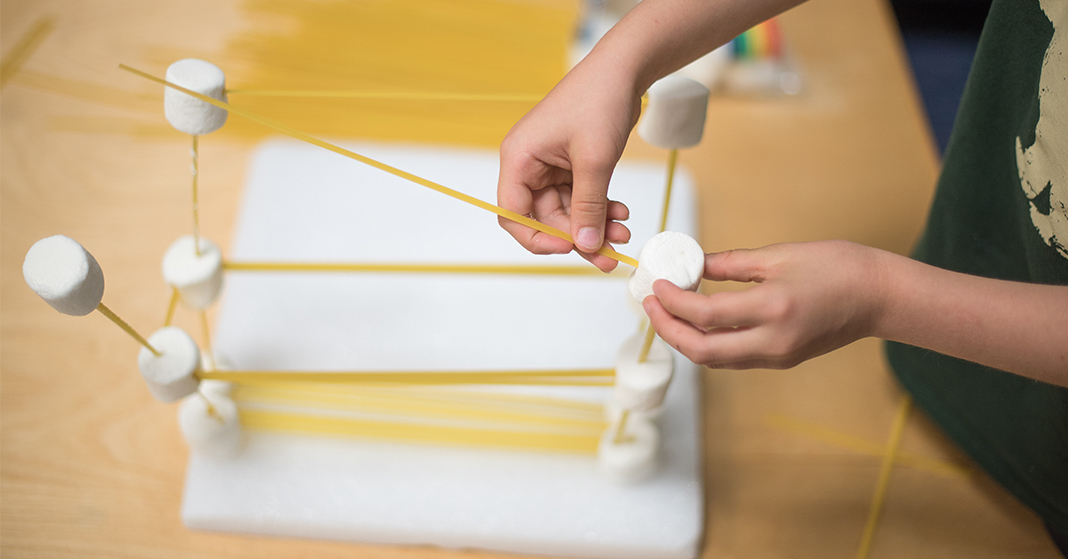
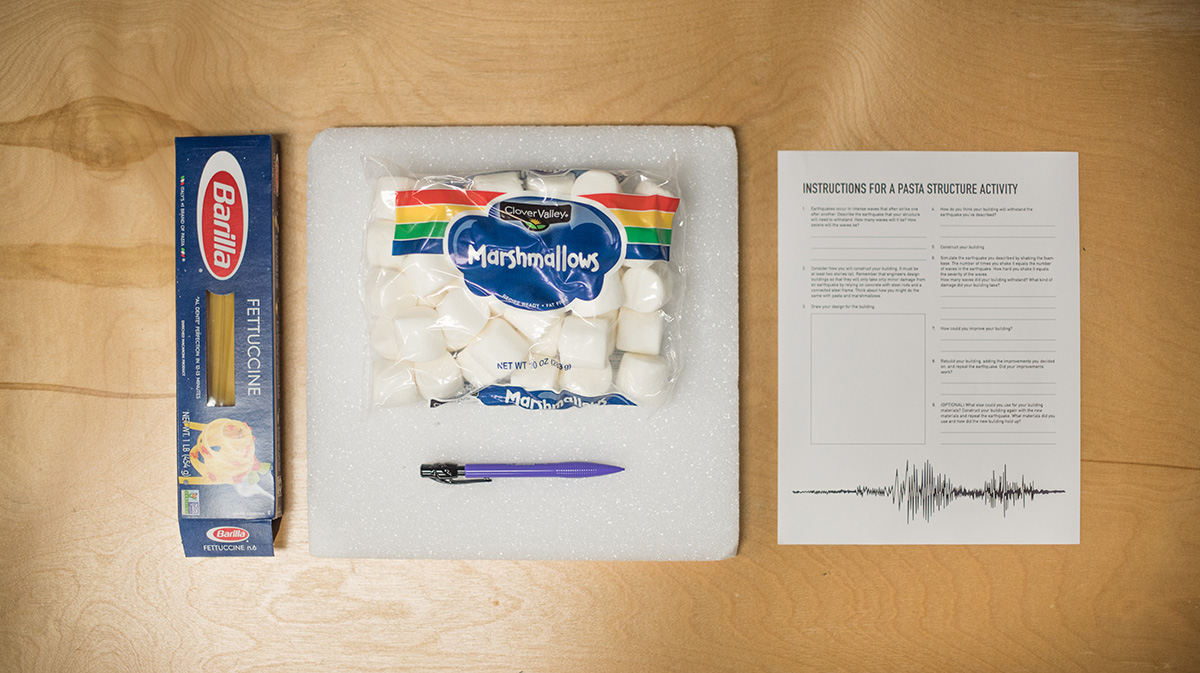 Doing the Activity
Doing the Activity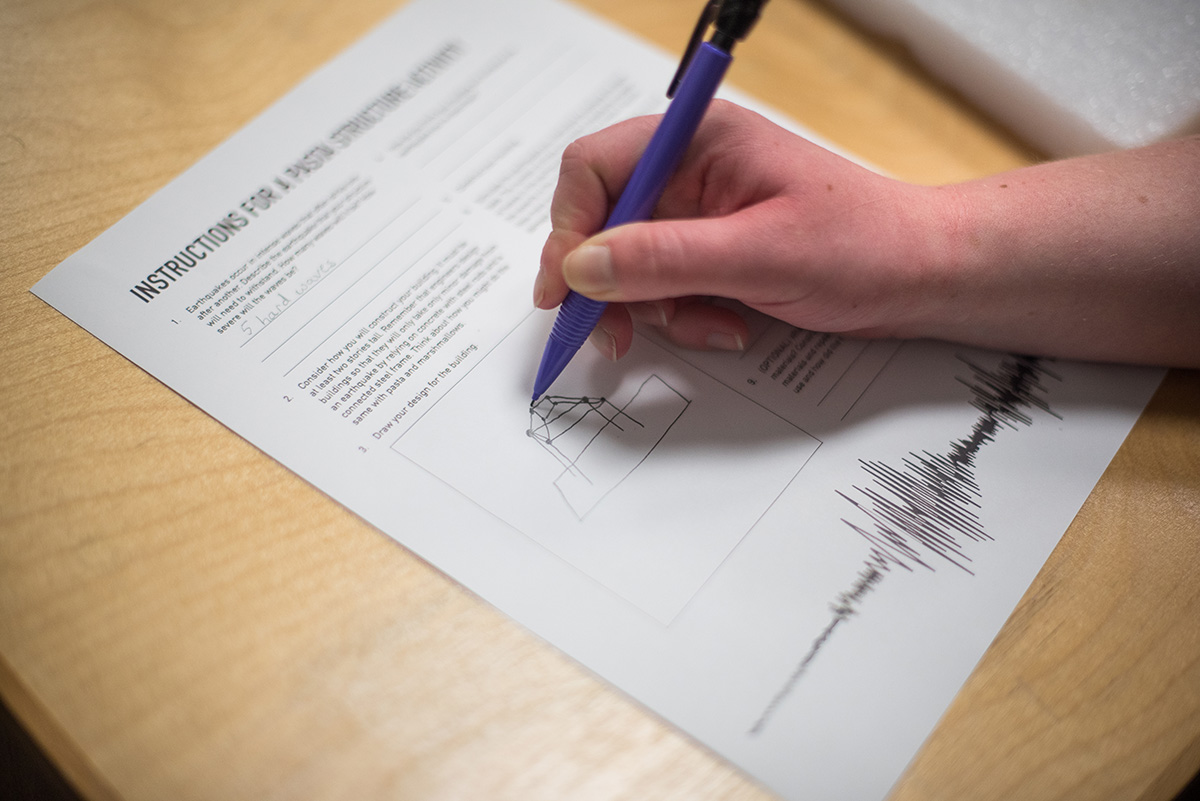
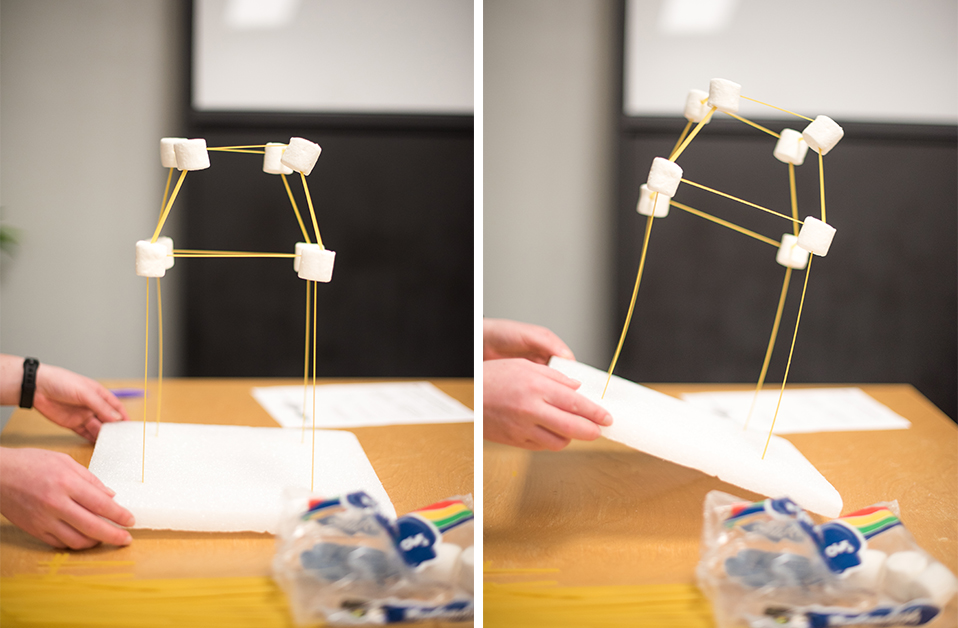

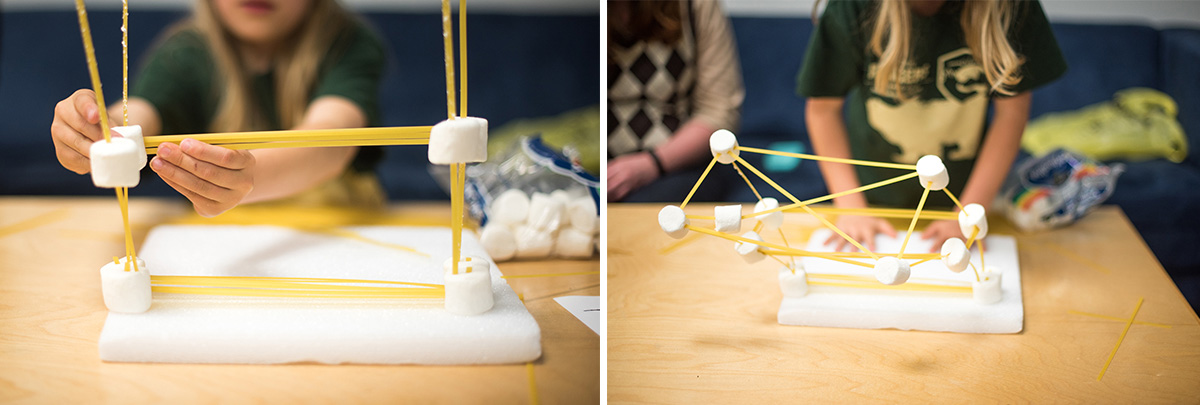
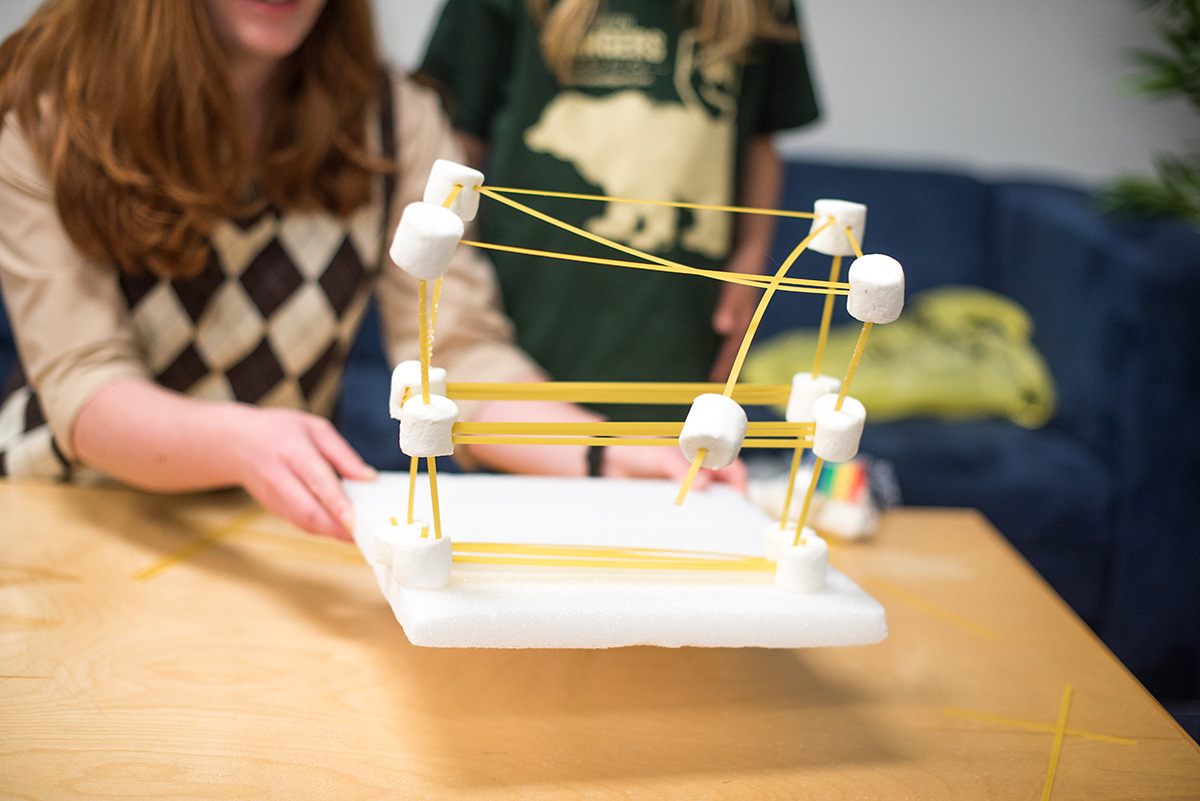 Taking It a Step Further
Taking It a Step Further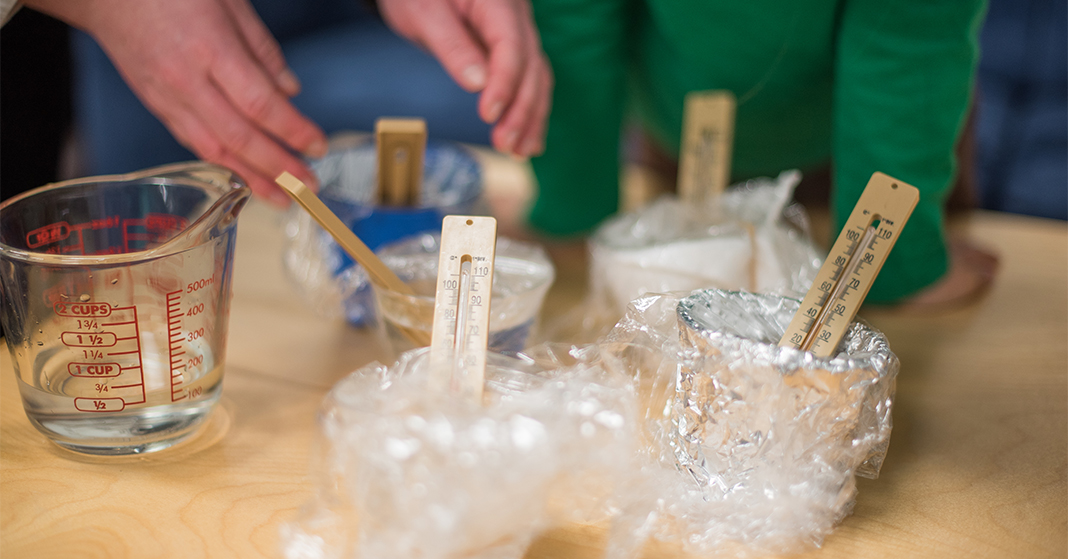
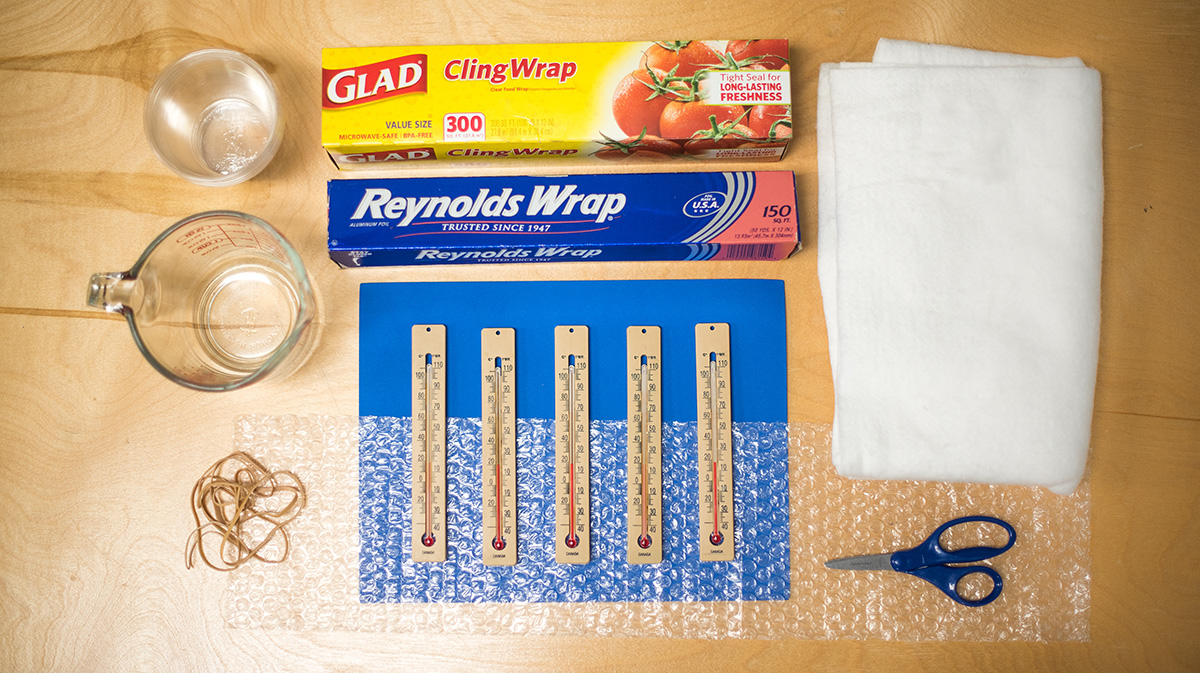 Conducting the Experiment
Conducting the Experiment

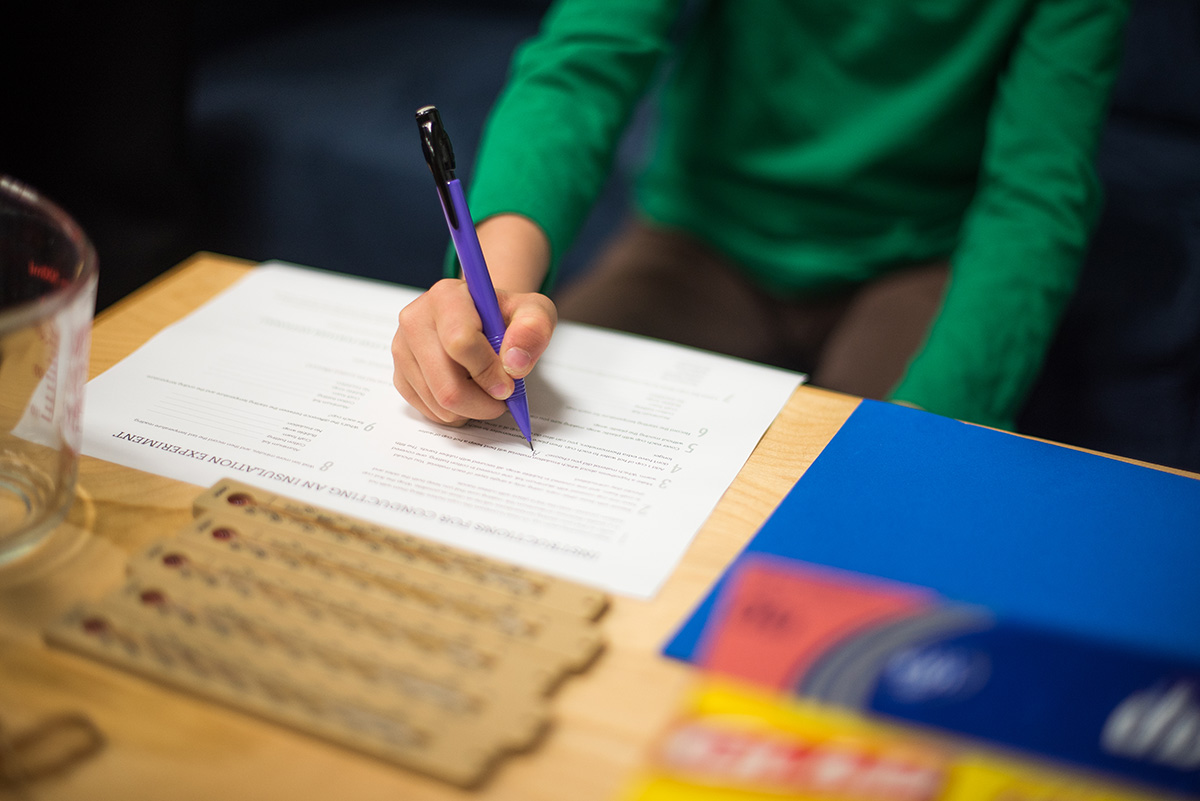
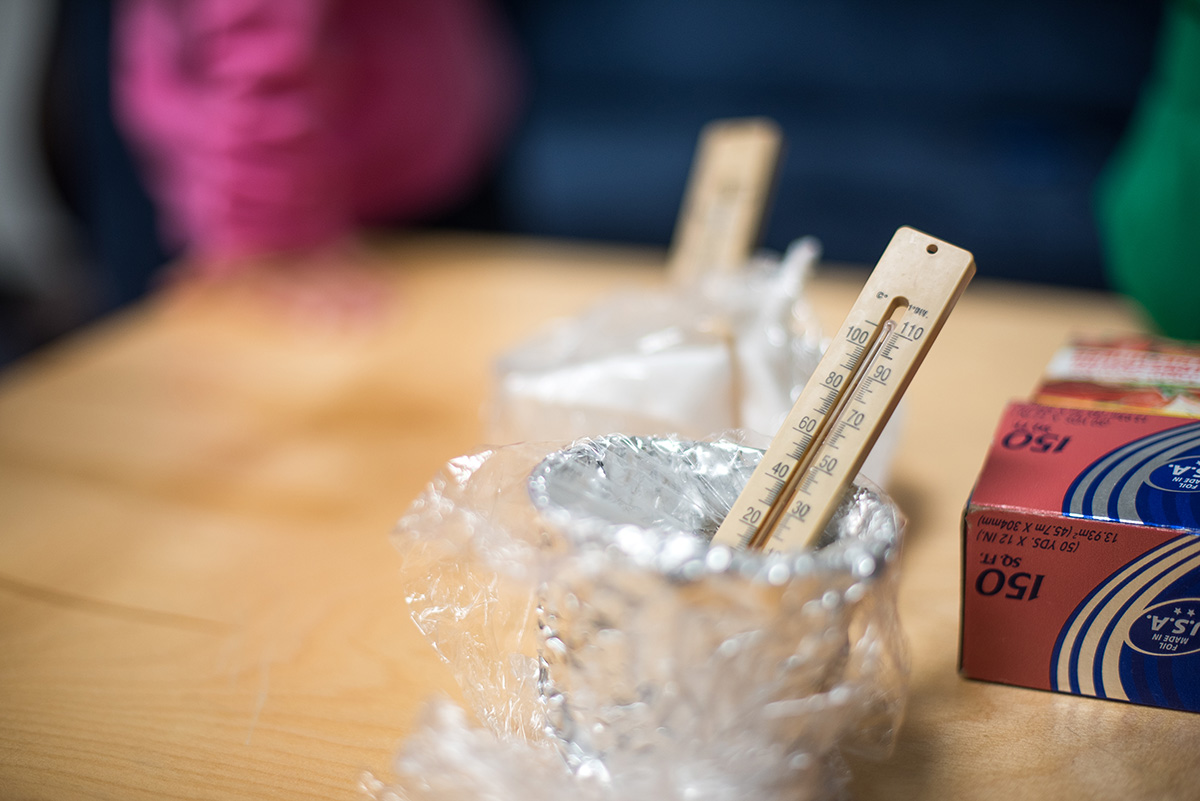
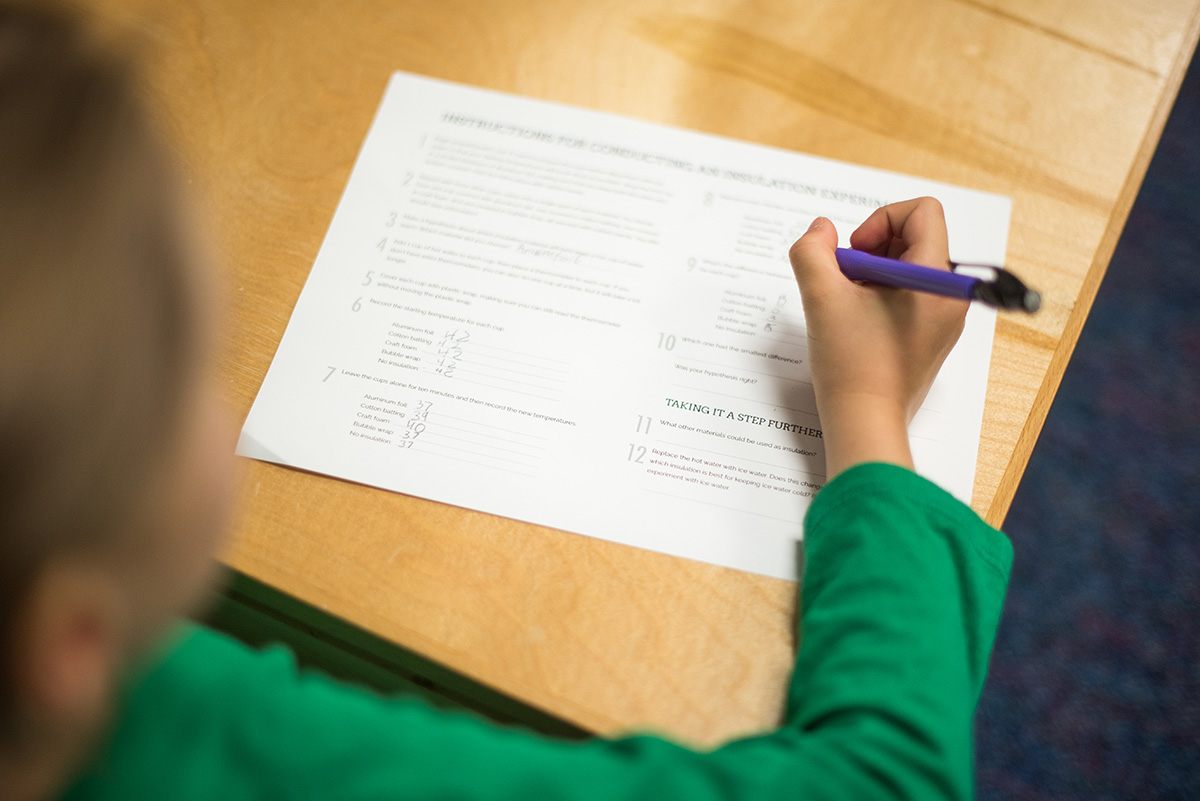 Taking It Further (Optional)
Taking It Further (Optional)
